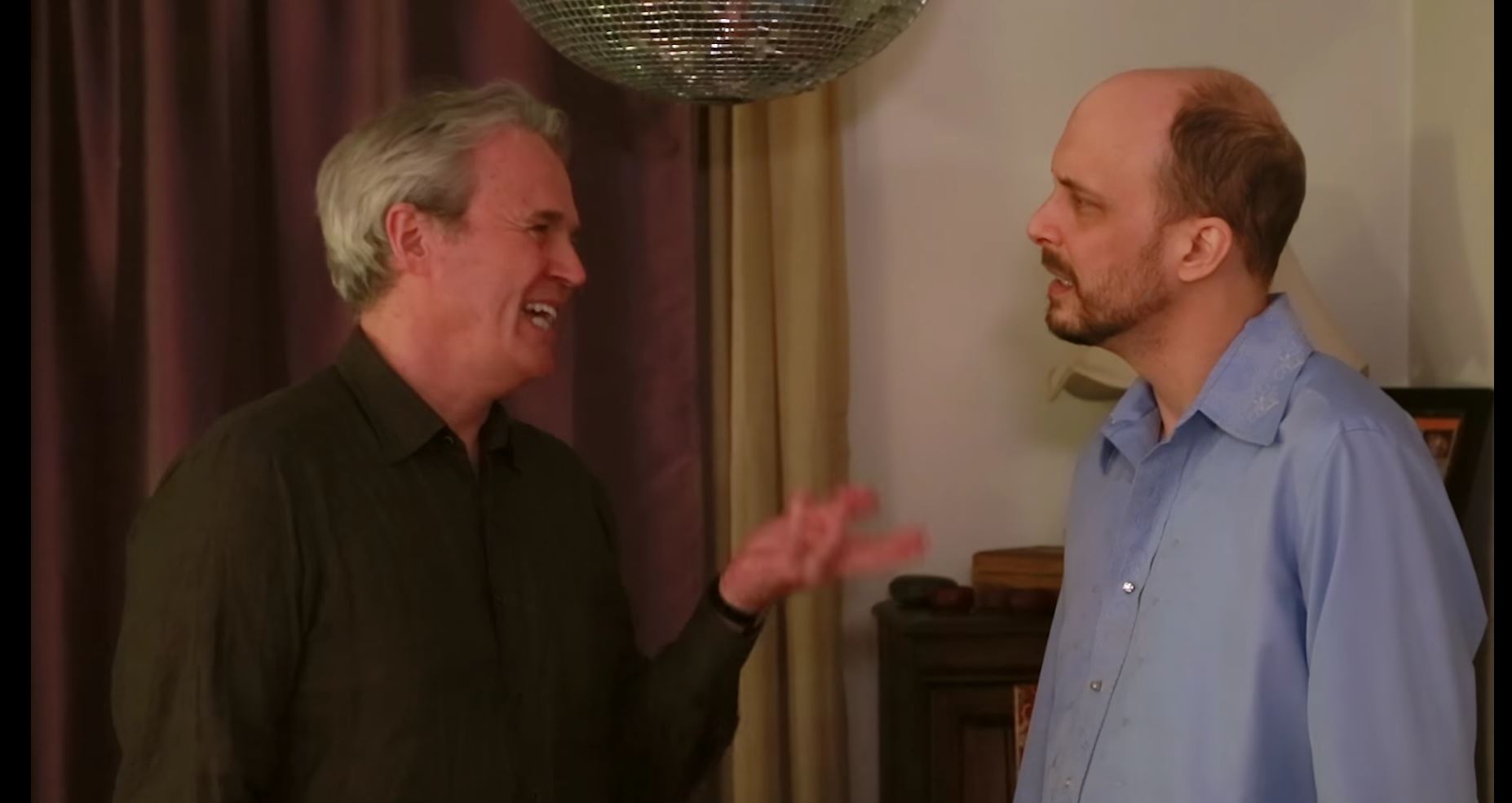A Video Directed and Produced by Kristin Johansen and Benjamin Dziuba
Patricia Benner, R.N., Ph.D., FAAN
Please note, this learning guide is for your personal use only. It will not be shared with others. You may select to share verbally some of your comments and insights with your classmates, but any sharing with classmates is voluntary.
1. Can you remember and describe your responses to a person who told you that he or she had a cancer diagnosis?
How did you feel in the situation?
Are you pleased with your response, looking back on the situation?
2. Have you or any members of your family or close friends experienced cancer? Can you remember any of their shared experiences about other people’s responses? Please compare your, or your close other’s experience with those depicted in this video?
3. Select a response from the video, that you think is closely linked with commonly held meanings of a cancer diagnosis in the North American Culture?
4.What are the subtle or even hidden moral judgments from one response that you select from the video?
Please select a non-cancer diagnosis that you have experienced or confronted in your family or friends. How did the responses to that different diagnosis (e.g. appendectomy, heart disease, multiple sclerosis, HIV-AIDS) differ (or not differ) from the responses depicted in the video?
5. Please select three different particular responses from the video that you consider difficult, and describe you find it difficult. For Example: Will this apartment become available?
6. Please review all the positive and empathic responses in the video. What do they have in common?
7. What are “take home messages” that you might use in responding to someone with a new cancer diagnosis. Please describe the response briefly and then what you find to be helpful in the person’s particular response, or style of response? Please illustrate and provide examples of your “take home messages.”


I teach this content in an AD program and I always use stories- this will definitely add to my content and get the conversation going! Thanks Dr. Benner for sharing this.